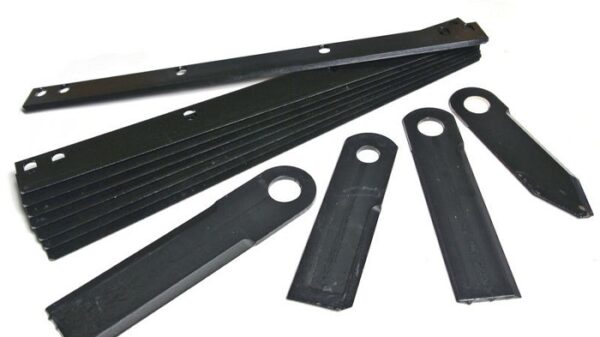The cellar in the garage is a wonderful structure that will come in handy for the owner, wherever the garage itself is. They use it in a variety of qualities, and in this article we will tell you how to properly insulate this underground structure..
At the first stage of warming the cellar, it is necessary to ensure its watertightness and effective ventilation. If the soil at the place of construction is wet, then it is better to build the walls of the cellar or basement from monolithic concrete, if dry — from two layers of slate fastened with bitumen mastic. To increase the waterproofing properties of the structure, the elements located in the ground can be coated with two layers of hot bitumen. The ventilation system can be made using asbestos pipes divided into two channels or an ordinary hatch with a built-in grate, on which old quilted jackets, blankets, etc. can be laid in cold seasons..
The walls of the garage cellar can be insulated with expanded polystyrene, the plates of which of the required size are fixed on the outside of the walls. The use of this material is due to its resistance to decay and mold, high water resistance and durability. It is best to use expanded polystyrene grade PSB-S-25 25 mm thick.
Sawdust is used to insulate a reinforced concrete floor. A 35-40-centimeter layer of sawdust is compacted and tamped, 2-3 layers of roofing material are laid on top, after which a cement screed is made. After it has solidified, it is waterproofed with bitumen and roofing material..
If the ceiling of the cellar, or the floor of the garage, is a reinforced concrete structure, then the following is done. First, pipes with a diameter of 25 mm are mounted 150 mm below the level of the garage floor at a distance of 600 mm from each other, then a fencing mesh made of reinforcing rods with a diameter of 8-10 mm is installed. The resulting structure is painted with waterproof paint, and the gaps between the structure and the ceiling are filled with plastic bags filled with natural moss or chopped straw. The bags must be sealed with an iron, and fit tightly and without gaps.




